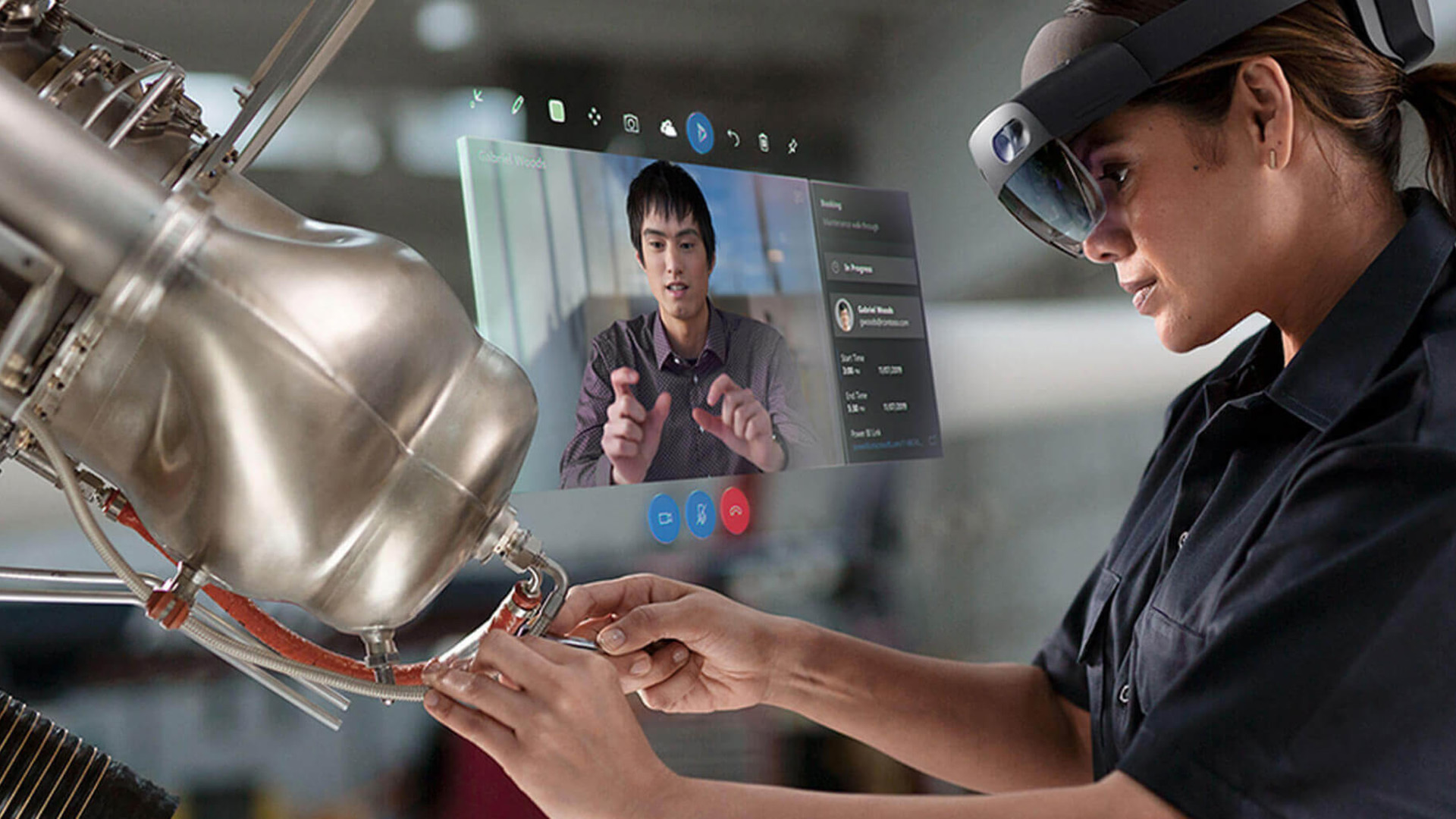
Using a Real Enterprise Virtual Trainer
It’s the day you’ve been excited about for the last two weeks. Training day. At your brand new dream job.
Sitting in the lobby of an impossibly elegant industrial hangar, you’re starting to feel the nagging anxiety of imposter syndrome. The juxtaposition of sleek modern interiors and a functional factory floor just visible behind the unmanned front desk gives the intimidating impression of futuristic wizardry coming to life seemingly out of nowhere.
You don’t know how to do the job you’re here to do; despite the operations director who hired you assuring you that you’re an ideal candidate.
She could be right. Your grades were high at university and now your Electronic Engineering degree is complete. This gig is an entry-level position combining drafting and design with hands-on assembly. You’re perfect for it … and it’s perfect for you.
You’re going to be making satellite components for this high-end electronics manufacturer. It’s the type of work you only dreamed about when you started pulling apart computers as a kid.
First Day Nerves
Now that it’s time to start training, fear of the unknown creeps back into your mind. How quickly will you nail the processes and techniques your employer needs you execute? Will you make costly mistakes?
The director who hired you promised to train you personally. She was totally sincere, so hands-on expert instruction could make the difference. No, it WILL make the difference.
A young man in coveralls appears, calls your name, and invites you to follow him down a corridor of sparse offices. The work stations are in the other direction. Where is your training going to start? Where is your boss?
Your young co-worker seems to be short on time when he escorts you into an empty room with a VR headset on a side table. The young man starts the computer attached to the headset. And then he shows you how to put it on – you’ve played VR games before, thanks, you know how it works – and then he leaves. Is this really it?
Meeting a Real Avatar
You put on the headset and you’re immediately greeted by your missing director.
“I’m sorry I couldn’t be here to greet and train you in person today. We have several facilities across North America and–” you tune her out briefly due to sheer shock at the realistic virtual version of your new boss. “–so let’s get started on assembly of the X5R circuit board. It’s the cornerstone component of each active model of satellite that we make.”
Moments later she is helping you solder wires and capacitors that aren’t really there.
After a few hours, the system produces a report on your speed and accuracy, supplemented by your rate of improvement.
The results are encouraging. You’re already getting better, but definitely not perfect yet. You’ll need the full week of training your new director had budgeted in your schedule. But you didn’t waste a single specialized chip.
At the end of the week, your operations director has returned to home office. She reviews your training reports and congratulates you on a job well done.
You’re ready for a rewarding career creating satellites infused with Digital Twin technology that’s going to transform the way we design, make, and live.
Creating Your Virtual Trainer
Can you picture using a virtual trainer at your organization, training your own people?
Most VR training programs are currently self-directed walkthroughs. Although some have narration that provides helpful instructions, there is still nothing that replaces direction and encouragement from a real person.
The good news is that with immersive VR training, you can have both.
We have now crossed the threshold from nameless, impersonal, emotionally vague avatars to being able to 3D scan and carefully program digital replicas of actual people.
We’re also capable of removing the real time dynamic from avatar creation, programming virtual people who operate independent of their original selves.
Spatial computing will give us a world where trainers can be in two places at once – or ten places. The operations director from our fictional narrative above can train as many employees as she needs to, all while concurrently performing her own duties, wherever they may take her.
The Stambol team can make the training scenario above a reality for your enterprise application. It’s faster and more affordable than you might think. Ask us what it takes to develop a real virtual trainer and how that step can launch your business into the next decade.
Feature Image Credit: Microsoft


